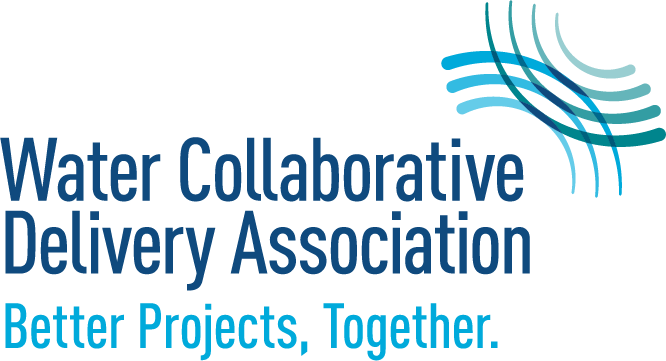When building a team for a design-build project, it’s common for agency owners (specifically engineering managers) to prioritize the obvious resources: project managers and owners advisors. What often gets overlooked is the opportunity to include the perspective and expertise of the end users during the design and construction process (for wastewater treatment plants, this is the operations and maintenance group).
To help determine the appropriate level of involvement of the end users during the design-build process, owners should ask themselves two important questions before the procurement process:
1. How many hours can you allocate for your end user to participate throughout the different stages of the project (preconstruction/design, construction, startup)?
2. Do you have (and have you budgeted for) the resources needed throughout the different stages of the project?
We would be remiss if we didn’t acknowledge the fact that most end users already have a demanding role to play within their organization. Based on their level of project involvement, any changes to their facility responsibilities and workload requires proper planning and sufficient notification to all impacted treatment plant staff. To address the challenge of increased time demands during the construction phase, we recommend establishing an internal knowledge transfer process to ensure the participating end users will be available to fully engage in the project.
Owners who are new to collaborative delivery might wonder what engaging the end users looks like. Below is a list of end-user opportunities to consider during the different phases of a progressive design-build project:
Preconstruction/Design
This is the time for the end users to outline their technical project needs and provide feedback on design alternatives.
- Construction Partner Procurement
- Site Visits/Demonstrations
- Design Criteria Development
- Design Progression Review
Construction
The end users are a resource for ongoing project design/construction issues and plant process coordination.
- Plant Coordination/Process Shutdowns
- Major Design Clarification Review
- Requests for Information
Startup
This is the phase that the end users validate the design and construction and begin to take ownership of the new system.
- Design Verification Walk-Throughs
- Vendor Training
- Commissioning, Startup, and Testing
- Acceptance Testing
- Punch-List Walk-Throughs
- SOPs, LOTO Procedures, Preventative Maintenance Plans
- Asset Tracking
- Spare Parts Management
Owners are inherently using collaborative delivery methods for their longest and most complicated projects. In order to fully prepare end users to successfully operate a brand-new facility, we recommend selecting an internal project champion (that knows the owner’s culture and structure) as a way to effectively share project knowledge with the larger group of end users. This is accomplished by scheduling regular walk-throughs, sharing construction progress updates, and inspiring their team to take ownership of the project. An ideal project champion would have the technical/institutional knowledge to facilitate this process and have decision-making authority. They would also be someone who communicates effectively, maintains good relationships with their team, and understands the guiding principles of collaborative delivery.
As construction managers on a design-build project at a Silicon Valley wastewater treatment facility, we are currently working with an owner who took the unique approach of assigning two champions—one from the operations group and one from the maintenance group. Throughout the five-year duration of this project, these individuals have become essential go-to resources when questions arise from their prospective groups. A successful outcome of using this approach is that each champion will be able to draw from their institutional knowledge of the project and provide a valuable resource for operating, maintaining, and training the facility for years to come.
The mindset needed for collaborative delivery starts with the owner. By having the end users in mind, you can create a collaborative environment that has effects that last beyond the life of the project.

